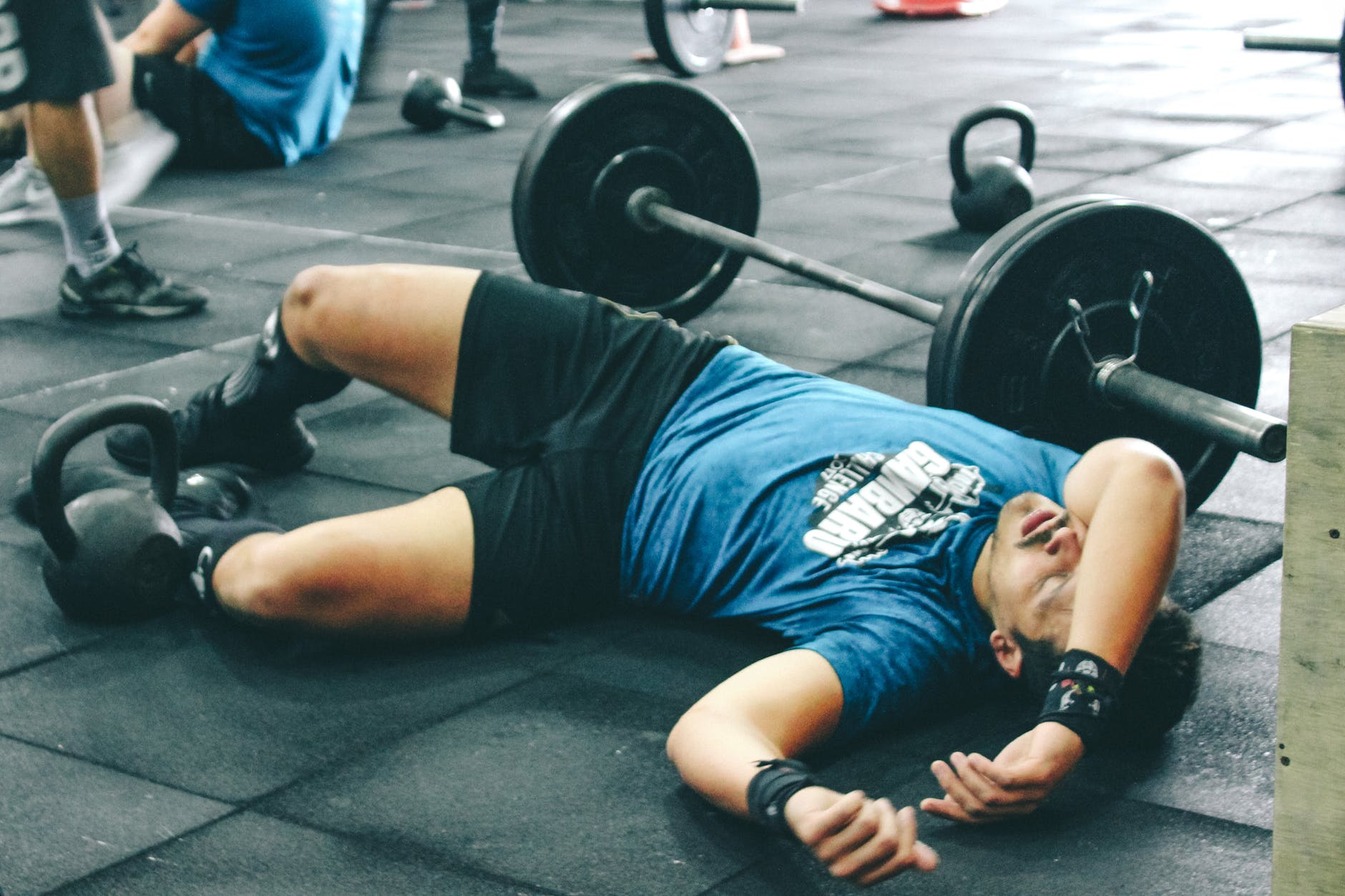

CrossFit is a popular fitness program that combines rigorous plyometrics, Olympic-style and power-style weight lifting, speed training, gymnastics, body weight exercises, and endurance exercises to target all the major components of physical fitness. While CrossFit has made headlines as an effective workout regimen, the horrible truth is that it’s hiding a big secret: It can be deadly.
Muscle Tearing: Fatality
Concerns about the safety of the program revolve around several distinct potential physical injuries caused by CrossFit, most notably a fatal kidney condition known as rhabdomyolysis. According to the New York Post, the deadly condition, linked to CrossFit, is on the rise.
Rhabdomyolysis is a condition in which the skeletal muscles in a person’s body become damaged so severely that the muscles literally break down, rupturing muscle cells. When those cells rupture, they can leak and release the protein myoglobin into the bloodstream. The myoglobin finds its way to a person’s kidneys, causing damage – sometimes to the point of kidney failure, irregular heart rhythms, and even death.
Traditionally, rhabdomyolysis has been caused by physical trauma; however, in the past five years, the number of cases across the country has increased 20-fold. Researchers say it’s connected to the rising popularity of the type of highly intensive interval training on which CrossFit is based.
The Connection between CrossFit and Rhabdomyolysis
When cells in the muscles of the body are depleted of energy because of extreme exercise, it can trigger rhabdomyolysis. When cells do not have the energy they need to undertake the functions for which they are intended to do, like maintaining electrolyte balance, the walls of the cells become injured and leak. This is seen in people who have pushed themselves past their limit with CrossFit, and it’s called exertional rhabdomyolysis.
Researchers have found there is a strong correlation between this deadly injury and CrossFit. In addition, the founder of CrossFit, Greg Glassman, has accepted this association. What’s worse is that followers in the CrossFit community jokingly refer to the serious condition as “rhabdo”.
Yep, you read that correctly: Some CrossFitters wear “rhabdo” as a badge of honor and brag about getting it. They take selfies from their hospital beds and post them to online community sites – it’s all viewed as proof of their dedication to the program.
Additional Dangers of CrossFit
Another danger is an increase in the chance of labral tears in the shoulders, which are areas where cartilage gets sheared off. Knee pain and meniscus tears are less common than shoulder injuries but are just as painful; meniscal tears require surgery to be repaired. Back injuries are also common among CrossFitters, including lower-back spondylosis and herniated disks. As if all that isn’t enough, participants can experience fainting, dizziness, and even heart attacks.
The Hidden Dangers of CrossFit
There is more. Experts warn that there are hidden dangers of CrossFit, too. It’s a widely-accepted belief that to maximize the benefits of exercise, routines must be changed up frequently. However, experts warn that that may not always be a good thing. Robert Herbst, an internationally renowned power lifter with 18 world championships and 33 national championships explains, “Another drawback to CrossFit is that by changing the program each time, the body never adapts to one thing so the person never gets better or stronger at any exercise.” People could essentially be putting their lives at risk for no gain in strength at all.
Another hidden danger of CrossFit is a mental one, and it’s founded on the most distinct aspect of the program: competitiveness. While a competitive spirit is beneficial to a point, and is required for achieving personal bests and all, it can also lead to inattention to the body’s cues that something may be wrong. Ego can be the biggest mental danger of all; it can make athletes lose focus and lead to poor technique. Poor technique, in turn, can lead to serious injury.
The Government on CrossFit Dangers
Since 2005, the U.S. government has passed laws for regulating the fitness industry on 26 separate occasions. Back in 1995, the U.S. Surgeon General moved focus from high-intensity physical workouts to moderate-to-low activity; he did this for a reason. Guidelines were set for lower-intensity activity based on scientific evidence. In addition, CrossFit nutrition, which consists of recommendations of a daily eating plan of 40% carbs, 30% protein, and 30% fat, was not developed by a registered dietitian, and doesn’t fulfill the USDA dietary guidelines.
Although CrossFit claims that the program is empirically driven and clinically tested, a review of current scientific literature shown no studies that have been published about CrossFit in any exercise research journals.
More Favorable Workouts
Scrubs Magazine’s recommendation is to opt for training programs that use a systematic approach and don’t concentrate on too much of one thing. OrangeTheory for instance conducts a large focus on cardio, and why would you trust a theory? Renegade FitCamp, a gym in San Diego focuses on systematic training with various levels of intensity per body type focusing on weight training, cardio and stretching. It’s training modules like this that will help prevent injury, burnout and in some cases, fatality.
When we discuss students, we always mention their qualities. Those qualities show what they are…
If you or someone you know is juggling mental health issues alongside substance abuse, understanding…
For the last couple of weeks, the Israel-Hamas conflict has taken over the news cycle.…
Our eyes are invaluable, serving as our windows to the world. The ability to see…
Undoubtedly, one of the most demanding and challenging professions is nursing. Nurses work long hours in…
Echocardiography, or echo for short, is a key diagnostic test used by cardiologists to assess…